-
Save $52.50 USD

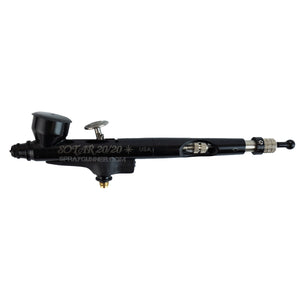 Vendor:Badger
Vendor:BadgerBadger Sotar 20/20 Fine Airbrush
Regular price $91.50 USDRegular price$144.00 USD-$52.50 USD Sale price $91.50 USD -
Save $45.00 USD

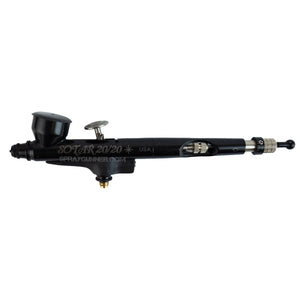 Vendor:Badger
Vendor:BadgerBadger Sotar 2020 3in1 Airbrush set
Regular price From $130.00 USDRegular price$175.00 USD-$45.00 USD Sale price From $130.00 USD -
Sold out

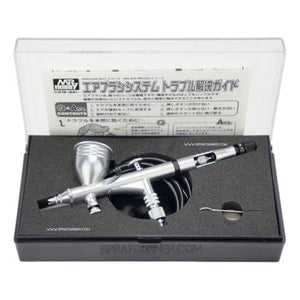 Vendor:GSI Creos Mr. Hobby
Vendor:GSI Creos Mr. HobbyPS770 GSI Creos Mr. Airbrush Custom 0.18mm
Regular price $225.00 USDRegular price -

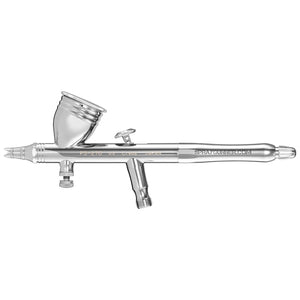 Vendor:GSI Creos Mr. Hobby
Vendor:GSI Creos Mr. HobbyGSI Creos Mr. Airbrush Procon Boy PS-270 0.2mm Platinum
Regular price $105.00 USDRegular price -
Sold out

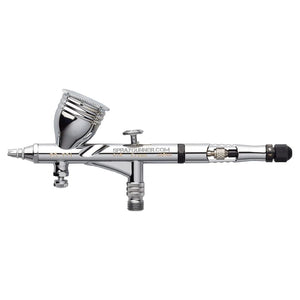 Vendor:GSI Creos Mr. Hobby
Vendor:GSI Creos Mr. HobbyMr. Airbrush Custom 0.18mm PS-771 with Dru Blair's spring
Regular price $250.00 USDRegular price -
Save $20.00 USD

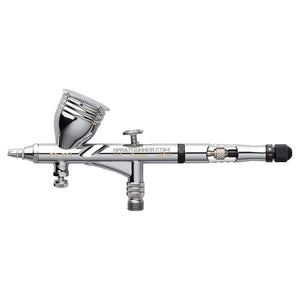 Vendor:GSI Creos Mr. Hobby
Vendor:GSI Creos Mr. HobbyPS771 GSI Creos Mr. Airbrush Custom 0.18mm
Regular price $205.00 USDRegular price$225.00 USD-$20.00 USD Sale price $205.00 USD -
Sold out

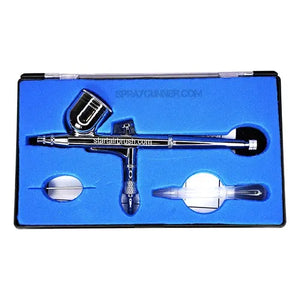 Vendor:NO-NAME brand
Vendor:NO-NAME brandAffordable gravity feed Air Brush By NO-NAME Brand
Regular price $19.75 USDRegular price -

 Vendor:NO-NAME brand
Vendor:NO-NAME brandAdjustable airbrush kit double action gravity feed
Regular price $33.00 USDRegular price -
Save $23.00 USD

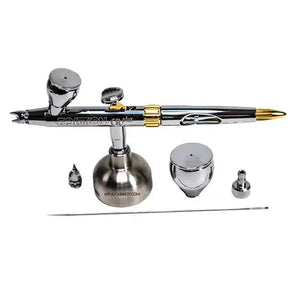 Vendor:Harder & Steenbeck
Vendor:Harder & SteenbeckHarder & Steenbeck NEW EVOLUTION 2024 CRPlus 2in1
Regular price From $222.00 USDRegular price$245.00 USD-$23.00 USD Sale price From $222.00 USD -

 Vendor:Harder & Steenbeck
Vendor:Harder & SteenbeckHarder & Steenbeck NEW EVOLUTION 2024 CRPlus Solo
Regular price From $167.00 USDRegular price -

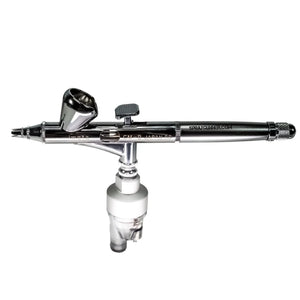 Vendor:Iwata
Vendor:IwataIwata Micron CM-B Custom Gravity Feed Dual Action Airbrush
Regular price From $466.75 USDRegular price -

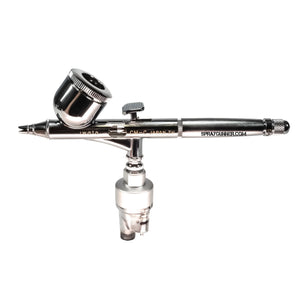 Vendor:Iwata
Vendor:IwataIwata Custom Micron CM-C Gravity Feed Dual Action Airbrush
Regular price $466.75 USDRegular price -
Save $42.74 USD

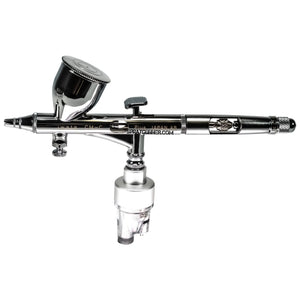 Vendor:Iwata
Vendor:IwataIwata Custom Micron CM-C Plus Gravity Feed Dual Action Airbrush
Regular price $557.25 USDRegular price$599.99 USD-$42.74 USD Sale price $557.25 USD -
Save $85.50 USD

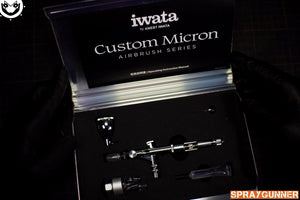 Vendor:Iwata
Vendor:IwataIwata Custom Micron Takumi Side Feed Dual Action Airbrush
Regular price From $514.50 USDRegular price$600.00 USD-$85.50 USD Sale price From $514.50 USD -

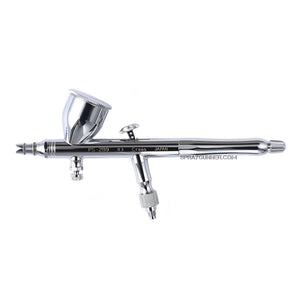 Vendor:GSI Creos Mr. Hobby
Vendor:GSI Creos Mr. HobbyGSI Creos Mr. Airbrush Procon Boy PS-289 0.3mm Platinum
Regular price From $105.00 USDRegular price$95.00 USDSale price From $105.00 USD -
Sold out

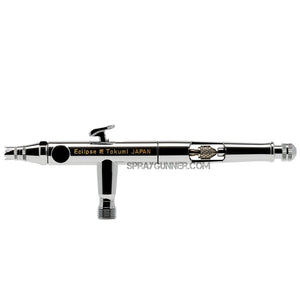 Vendor:Iwata
Vendor:IwataIwata Eclipse Takumi Side Feed Dual Action Airbrush
Regular price From $198.50 USDRegular price
Airbrushing in art restoration is a highly specialized application that requires precision, delicacy, and a deep understanding of the materials and techniques involved in preserving historical and artistic integrity with airbrush for art restoration.
When selecting an airbrush for art restoration, several specific considerations come into play to ensure that the work is both effective and respectful to the original piece. Here are key specifics about using airbrushes in art restoration:
1. Precision and Control:
- Art restoration demands an airbrush that offers exceptional control over the paint flow and air pressure. Dual-action airbrushes are preferred for their ability to control air and paint separately, allowing for fine adjustments and the application of minute details and thin layers required in restoration work.
2. Nozzle Size of airbrush for art restoration:
- Fine nozzle sizes (ranging from 0.15mm to 0.4mm) are typically used in art restoration to achieve the high levels of detail and gentle application needed to match the original artwork without causing damage or overly impacting the existing layers.
3. Paint Compatibility:
- The airbrush must be compatible with a wide range of restoration paints and solvents, including those that are historically accurate or specially formulated for conservation work. This often means that the airbrush should be easy to clean and resistant to corrosion by aggressive solvents.
4. Low PSI Operation:
- Working at a low PSI (pounds per square inch) is crucial in art restoration to ensure the gentle application of paint and to avoid any potential damage to fragile or aged materials. Airbrushes that can operate effectively at low air pressures are essential.
5. Minimal Overspray:
- Art restoration projects require targeted application of paints and solvents to specific areas without affecting surrounding sections of the artwork. An airbrush that minimizes overspray and allows for focused work is necessary.
6. Material Compatibility:
- Given the variety of materials involved in artworks (canvas, wood, frescoes, etc.), the airbrush used for restoration must be versatile enough to handle different surfaces and textures, applying coatings evenly and delicately.
7. Durability and Maintenance:
- High-quality materials and construction are important to ensure that the airbrush remains reliable over time, with easy maintenance and cleaning to prevent contamination between projects.
In summary, airbrushes for art restoration are tools of precision and delicacy, designed to complement the meticulous work of conservators and restorers. These airbrushes help maintain and preserve the beauty and integrity of artworks, ensuring they can be enjoyed by future generations while respecting their historical significance.
































